No Free Lunch?
We believe this is due to the integration of the AI into each phone’s hardware and software, which can influence AI performance, along with the fact that the Snapdragon 8 Elite is quite new. Using just the AI benchmarks for the few models that are based on the Dimensity 9400 (average) and comparing that to the previous Snapdragon 8 Gen 3 chipset, it shows that the Dimensity has just under twice the AI performance of the older Snapdragon, so we have to assume that the 8 Elite Ai benchmark will at least match that once the Galaxy S25 line is benchmarked. In the interim, the chipset comparisons are the only benchmarks to compare the performance of the processors.
- GeekBench 6 – Real-world tasks
- Image Processing – Applying filters, resizing images, etc.
- Machine Learning – Training & running ML models.
- Augmented Reality – Processing & rendering AR.
- AnTuTu 10 – Combined Workloads
- Image Processing – Rendering 3D scenes
- Video Editing – Processing & encoding video files
- Multitasking – Switching between apps & performing multiple tasks
- Wild Life Extreme (GPU)
- Frame Rate – Higher frame rate implies smoother graphics
- Graphics Quality – Details, texture, lighting, effects
- AI-Benchmark
- Object Recognition – Object, facial and scene recognition
- OCR – Character recognition
- Effects – Deblur, Denoise, Bokeh
Each of the chipsets below contained an NPU, and while NPU ‘size’ is a function of a number of factors, the NPU affects cost. We expect it will continue to be an increasingly large component of the overall cost of subsequent chipsets, and, if the Samsung Galaxy line is any indication, smartphone brands have yet to try to recoup the incremental cost. We expect that, at the smartphone level, consumers will assume that the added functionality that AI adds is already built into the cost of the device. They have learned over the years that the incremental changes in each smartphone generation (50MP camera to a 100MP camera, or 6.7” display to a 6.8” display) do not seem to add to the device cost, so why should they think that AI is different, especially as AI looks to the user as software, not a visible physical change… Another slice out of smartphone brand margins.
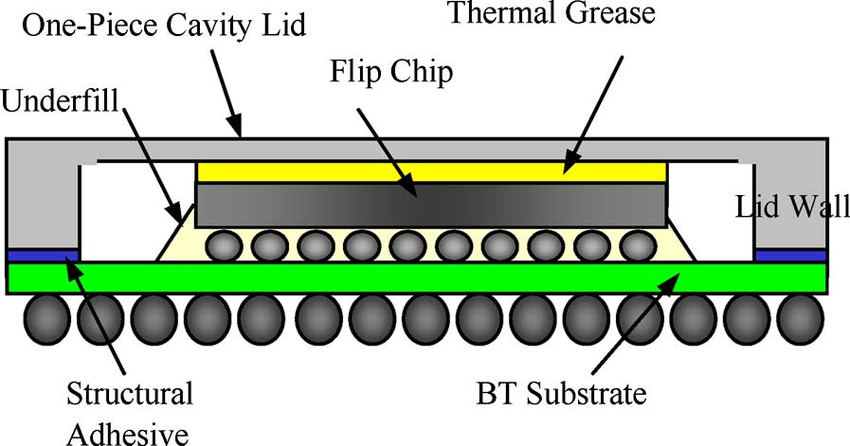







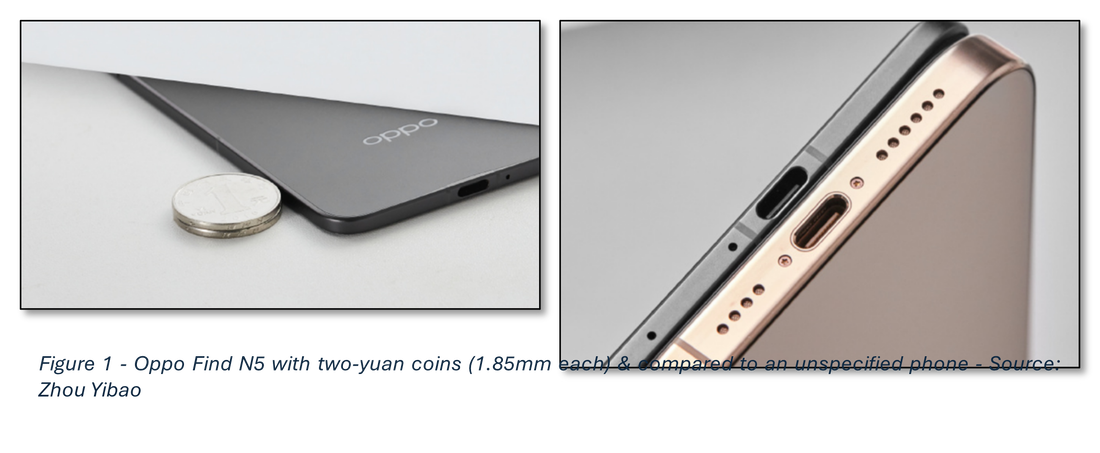
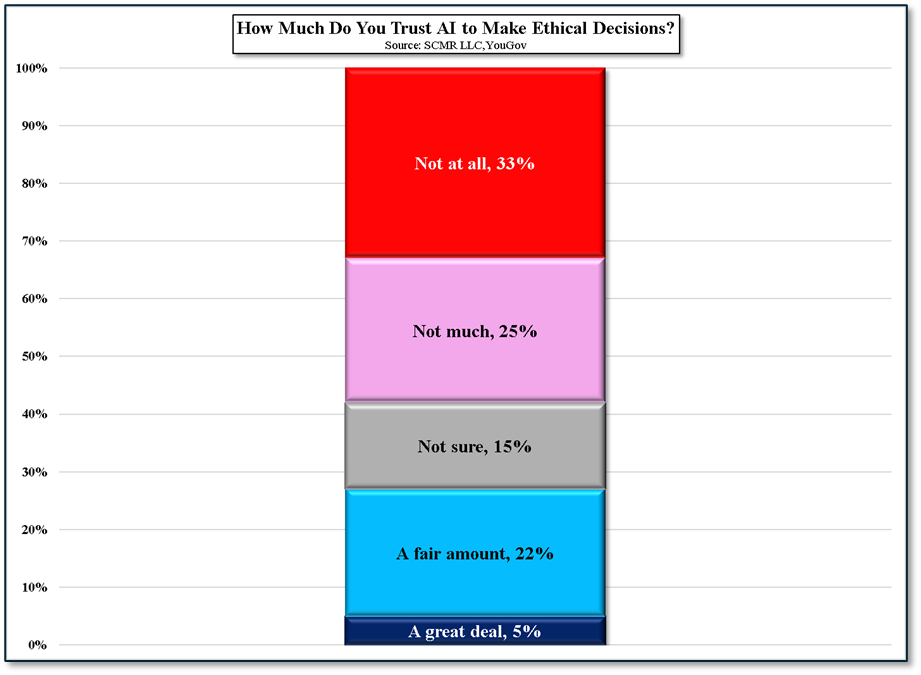
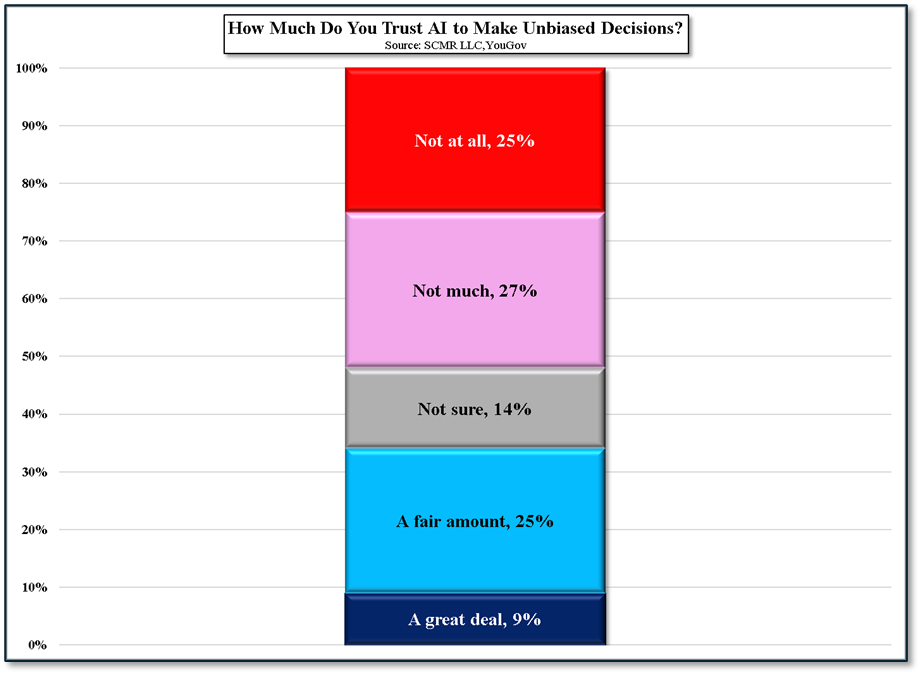
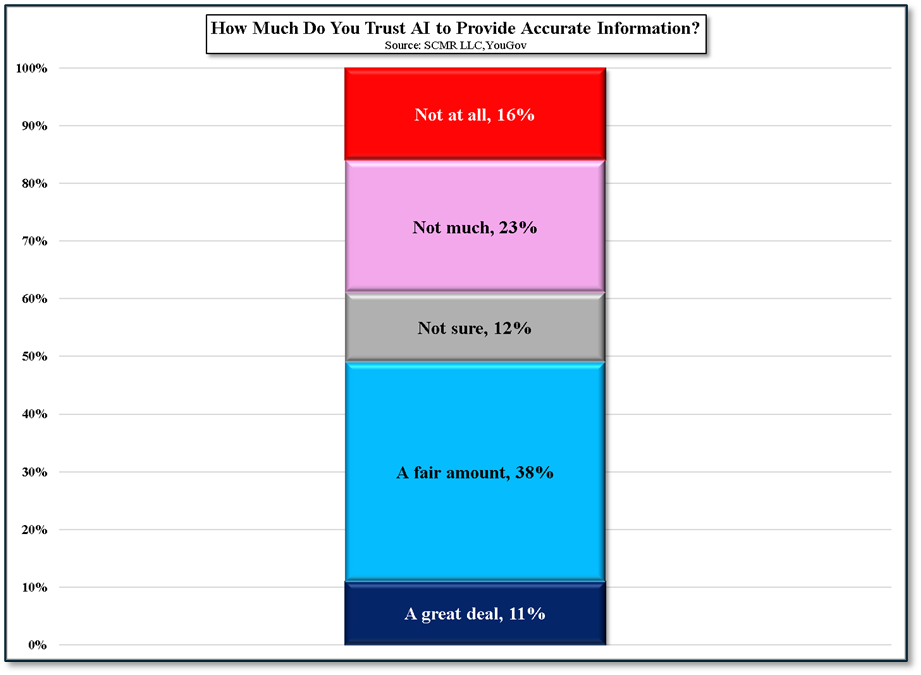
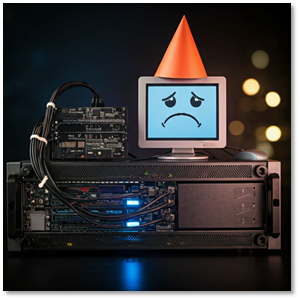
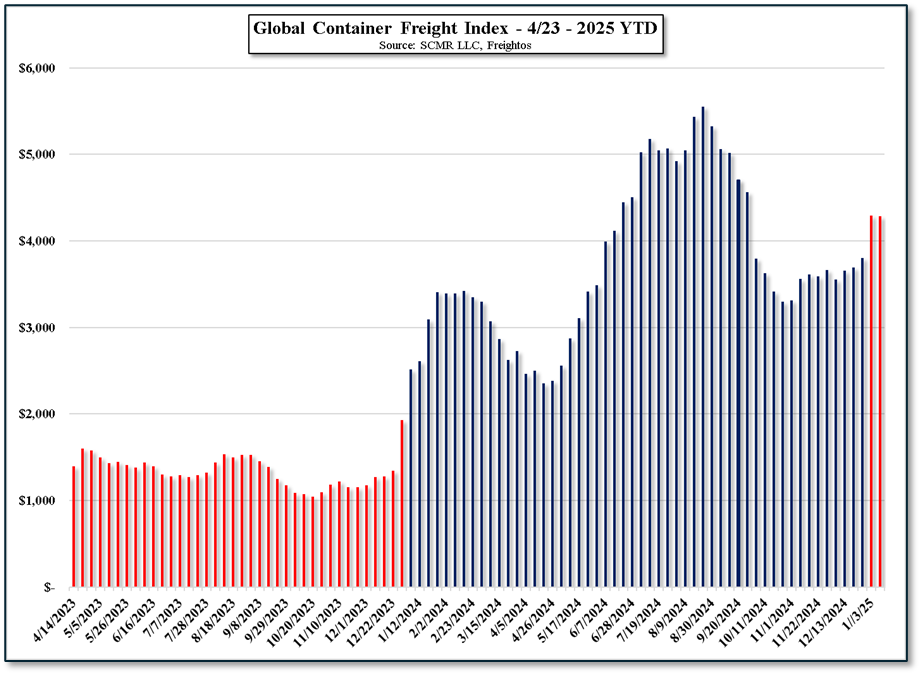
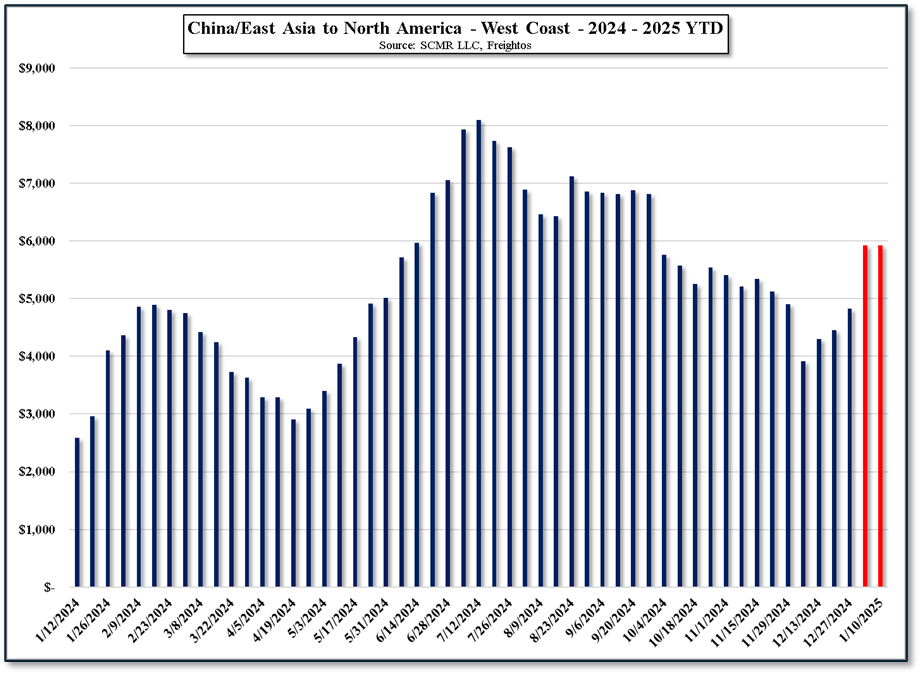
 RSS Feed
RSS Feed